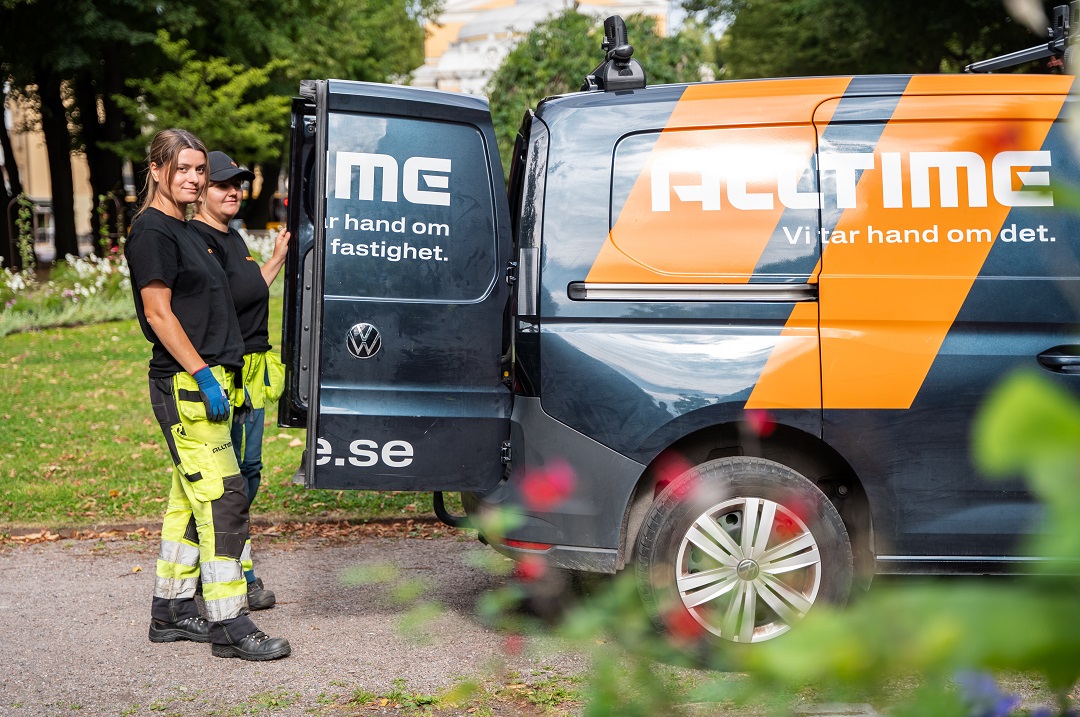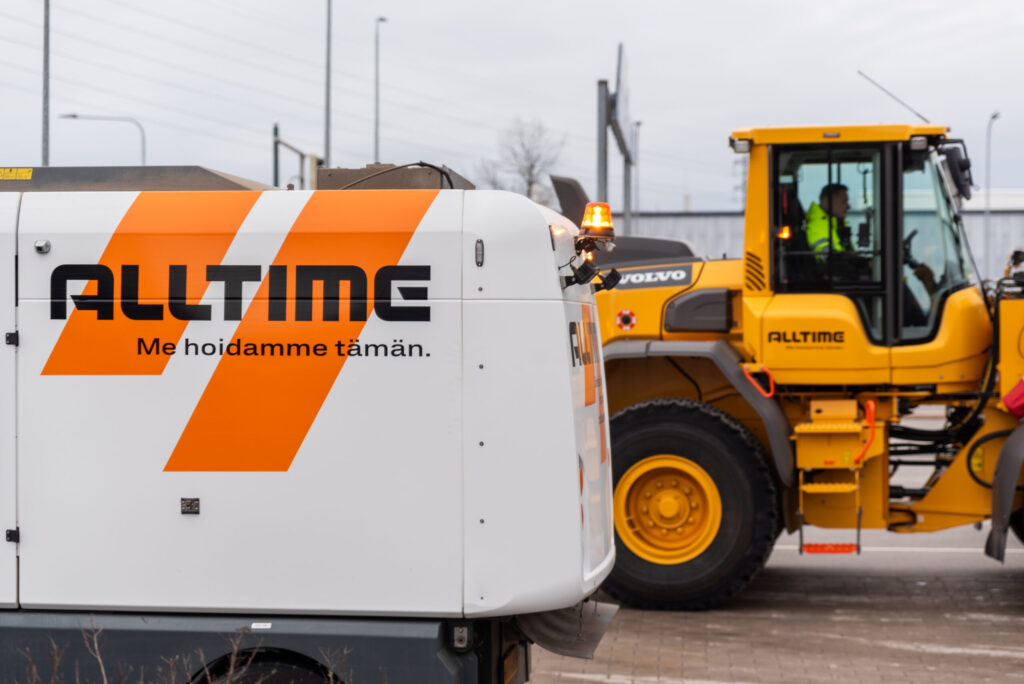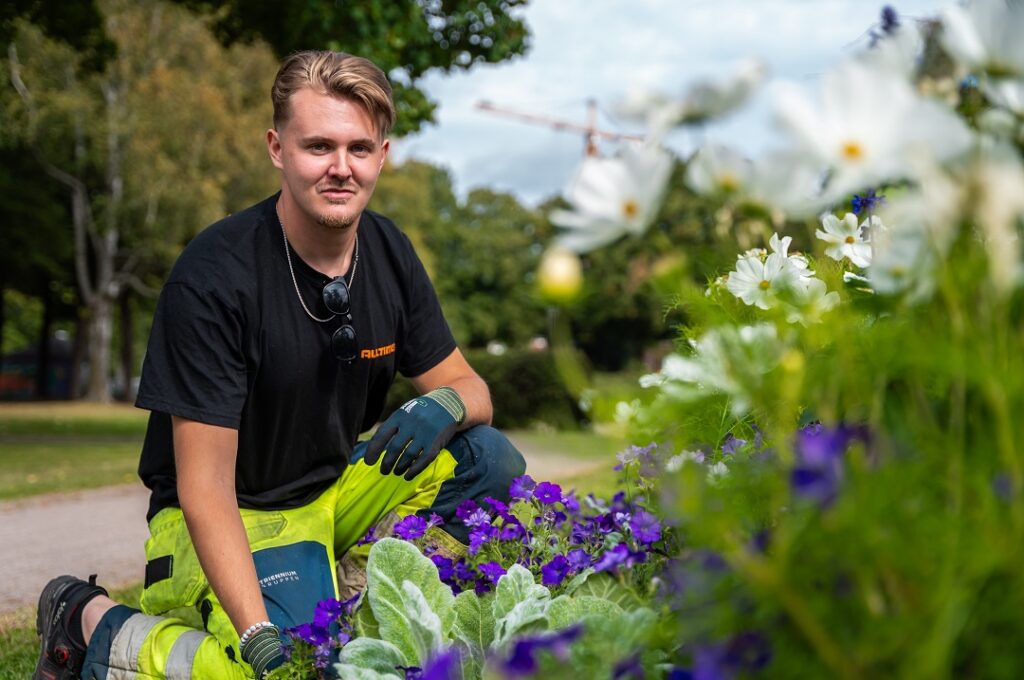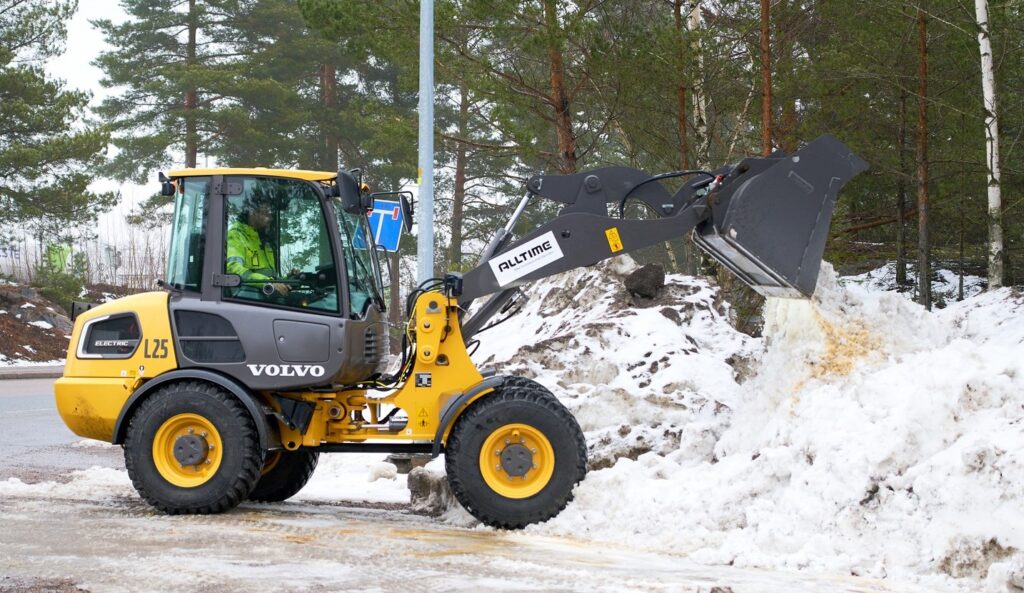Environmental sustainability
We operate in a vehicle-intensive industry, where machines, vehicles and smaller equipment are needed to move between locations and perform our core services. Therefore producing maintenance services creates considerable amounts of emissions and waste — and an opportunity to decrease them through electrification, digital tools and AI, smart resource planning and waste management. Due to the important role of reducing our carbon footprint, the ESRS E1 standard was deemed material in our double materiality assesment. In addition, we have an important role in advancing themes like biodiversity and resource use.


Learn more about our environmental topics
Environmental sustainability KPIs
We track several Group-level KPIs related to our environmental sustainability development. In addition to absolute CO2 emissions, we follow emission intensity, which given the rapid growth of our operations gives a more balanced picture of our development. We also aim to continuously improve resource use and recyclability, reducing the amount of our non-recyclable waste.
Scope 1-3 emissions (2024)
Emission intensity per 1M€ net sales (2024)
Non-recyclable waste (2024)

Our carbon footprint
Most of our carbon footprint comes from producing the services we offer, which require vehicles and machines. Especially our infrastructure maintenance business uses heavy machinery, such as graders, plows and wheel-loaders. These vehicle-realted emissions occur in both our own operations (Scope 1) and subcontractors’ work (Scope 3). Other sources are for example energy and heating of our facilities (Scope 2), as well as freight and our employees’ commuting (Scope 3).
In 2024, we had subcontractor emission data included in our Scope 3 reporting for the first time. This means we only have comparability to previous years starting from 2024. Scope 1 emissions were about 2361 CO2 tonnes equivalent (+12%) and Scope 2 emissions about 205 CO2 tonnes equivalent (+22.1%), while net sales change was about +63%.

Advancing biodiversity
Did you know that you should start mowing the lawn from the centre outwards — allowing pollinators and other fauna a route out? Even small details can matter when it comes to preserving biodiversity and microhabitats in our services. Finding alternatives to pesticide and fertiliser use or transforming clean-cut grass lawns to flourishing meadows are examples of other typical actions.
To make an impact with our biodiversity expertise, we launched new range of green area services in early 2025. The aim is to expand the service, and thereby the handprint of our biodiversity efforts, by helping our customers transform their properties’ outside areas into environments that biological diversity.

Taking steps in electrification
Since our vehicle fleet is the most significant contributor to our carbon footprint, it is also the area where we have most potential to make a positive impact. We have started to electrify our vehicle fleet, of which 4% is now fully electric or hybrid. Electrification will continue during the coming years as part of our fleet renewal planning.
We want to be among the early adopters in electrifying heavy-duty machinery, where electric power sources are not yet an equally operationally efficient option. We have for example piloted the operational use of a fully electric wheel loader in infrastructure maintenance and have a fully electric property maintenance team operating in the Helsinki region.
Contact us
Read more about our service offering on our country sites or contact local experts.